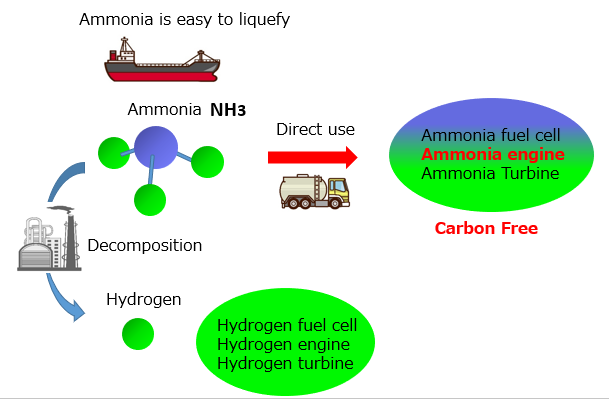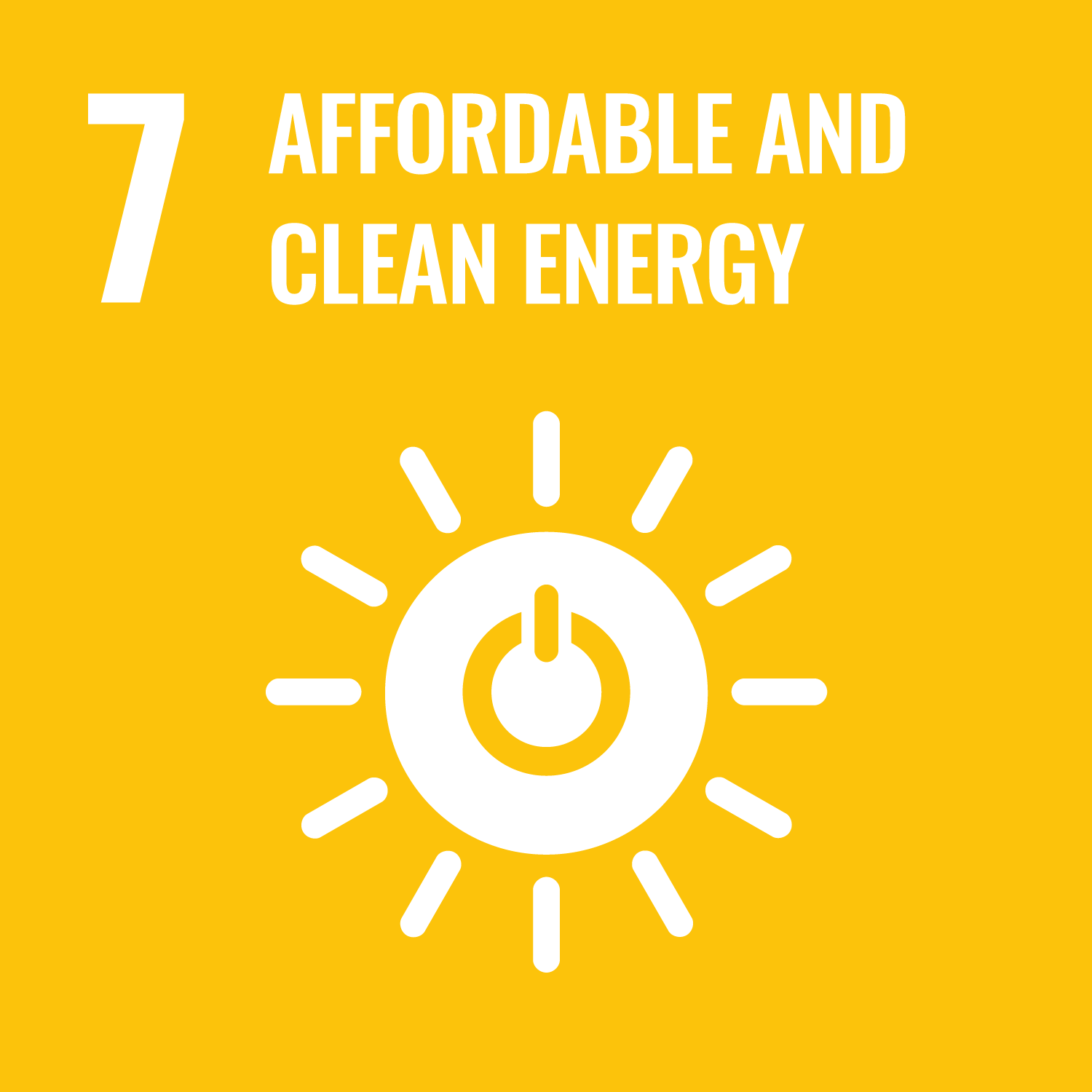Development of a carbon-free engine using ammonia as a fuel
Suzuki Takashi, Professor
Faculty of Science and Technology, Department of Engineering and Applied Sciences
- Research
Suzuki Takashi, Professor
Faculty of Science and Technology, Department of Engineering and Applied Sciences
Ichiyanagi Mitsuhisa, Associate Professor
Faculty of Science and Technology, Department of Engineering and Applied Sciences

【Abstract】
The purpose of this project is to develop engines that do not emit carbon dioxide (CO2) as a way to help reduce the environmental impact and energy policy set forth in the SDGs. Ammonia (NH3) plays an important role as one of the basic raw materials for making a wide variety of chemical products around us, and is widely used in home appliances, construction materials, medical supplies, etc., as well as nylon and automobile parts. In recent years, ammonia has been attracting attention as a storage and transportation medium (energy carrier) for hydrogen energy, which is used to reduce carbon dioxide emissions. On the other hand, since ammonia is a carbon-free fuel that does not emit carbon dioxide when burned, there is an urgent need to develop ammonia engines. However, ammonia is difficult to burn because of its low combustion performance (high ignition temperature, narrow flame holding range, slow combustion speed), nitrogen oxide emissions, and corrosiveness, therefore research is being conducted from the aspects of thermal engineering, environmental chemistry, materials science, and precision engineering. We have developed a prototype engine with a high compression ratio equipped with a sub-combustion chamber, glow plugs, and spark plugs, and are conducting demonstration tests to ensure environmental performance and reliability.
【Future prospects】
Japan currently relies on fossil fuels for 93% of its primary energy supply, and in order to achieve an 80% reduction in CO2 emissions by 2050, Japan will need to import large quantities of hydrogen and ammonia from overseas. In order to achieve an 80% reduction in CO2 emissions by 2050, we need to import large amounts of hydrogen and ammonia from overseas, and we believe that the technology to burn the imported ammonia has great social significance and ripple effects. For example, by combining a carbon-free engine with a power generation device, we expect to develop a small-scale power generation system. In addition, ammonia, which liquefies easily at 8.5 atmospheres at room temperature, is easy to transport and manage, and is expected to be used in power generation projects in developing countries and for reducing carbon dioxide emissions.


